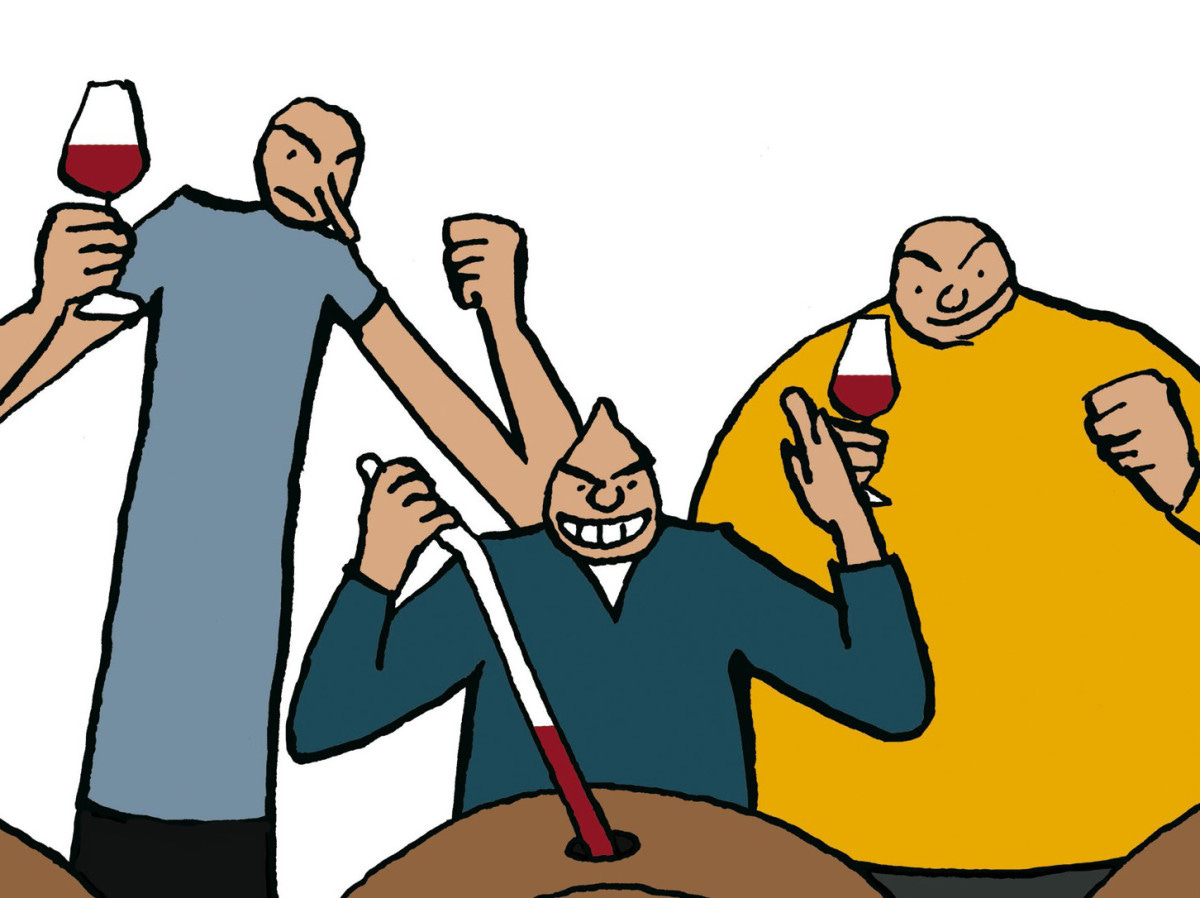Too much hoo-ha over glou-glou
I'm beginning to think that for something synonymous with natural wine, the concept of glouglou is actually a little incongruous.

We’re making too much hoo-ha over glou-glou. Worse, its easy to love, one-taste-for-all is straight-jacketing wines’ soul. Glou-glou is the Red Hot Chilli Peppers of natural wine: who doesn’t like it? It’s poppy, it’s upbeat; once a bit edgy, now a crowd-pleaser. A rune placed at the gateway of youth to guide us back to simpler times. I get it, and yes …
Keep reading with a 7-day free trial
Subscribe to The Morning Claret to keep reading this post and get 7 days of free access to the full post archives.



